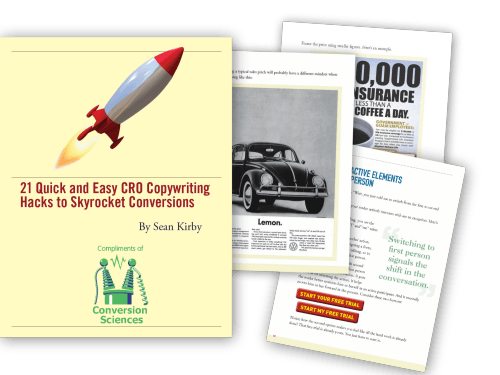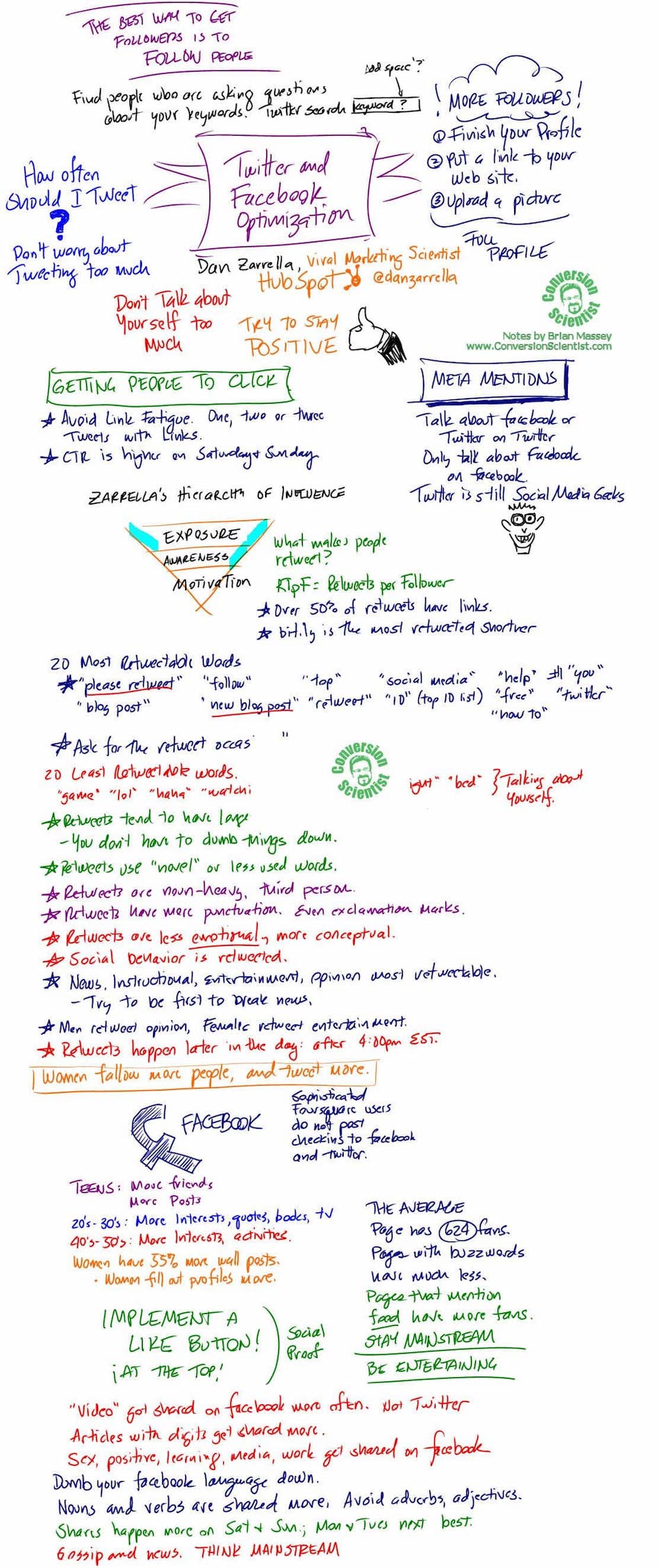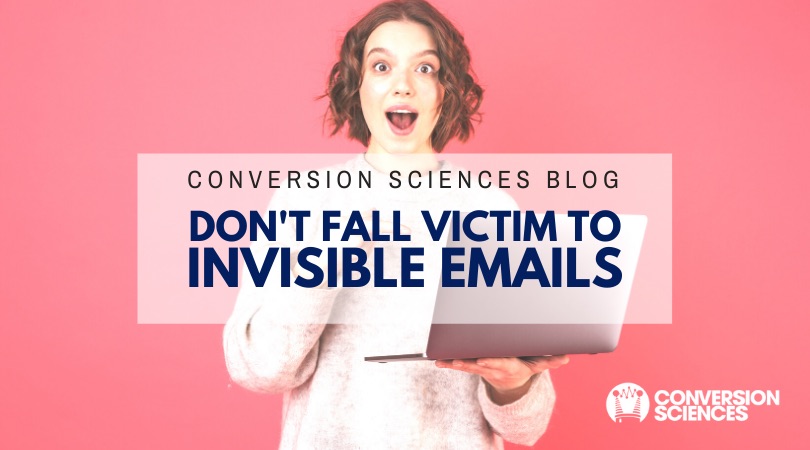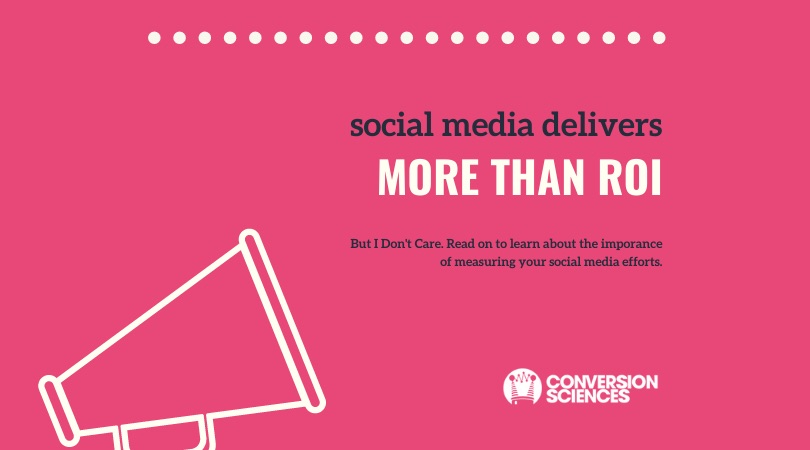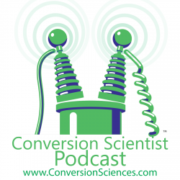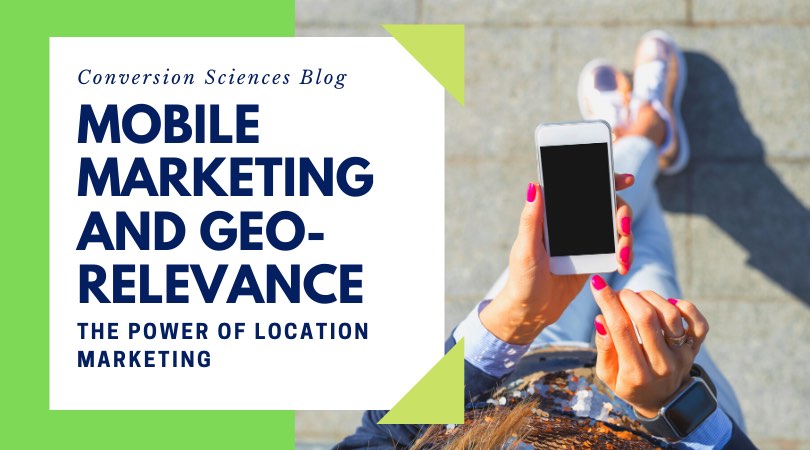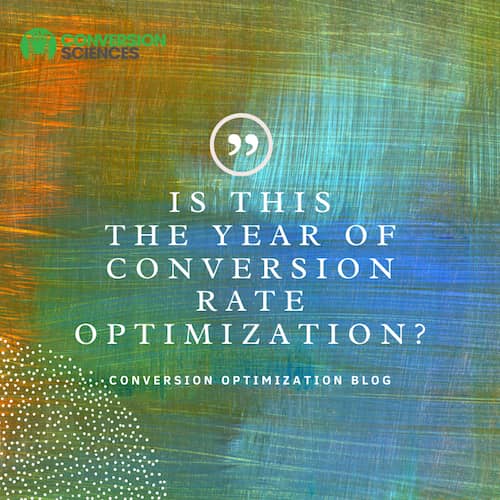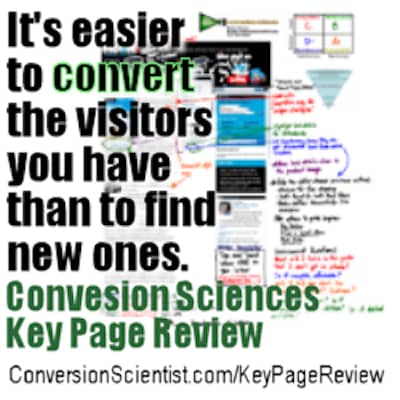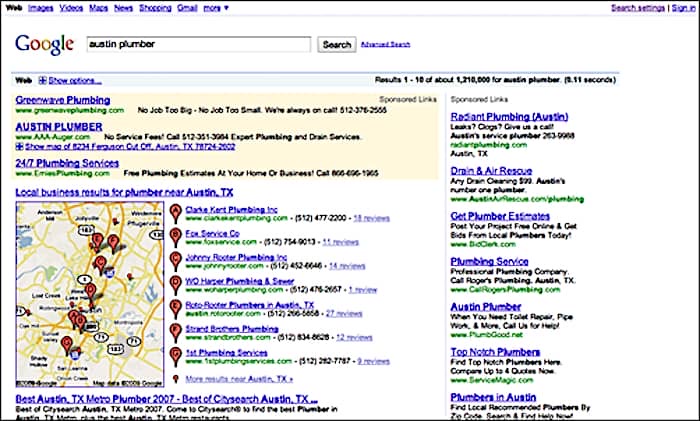My ten-year-old son gave me a valuable lesson in content marketing today.
Sean has a good friend who, to hear him tell it, rarely changes his expression. It’s just who he is.
However, Sean was sharing one of this friend’s more interesting ideas: to build a tall building and put a catapult at the top of it to deliver packages around town.
“Was he serious?” we asked.
“Yes,” said Sean. “He had his explaining face on.”
Clearly, when this boy puts on his ‘explaining face,’ you had better listen.
Sean gives words to an attitude that offers all of us a way to make our content more helpful, more interesting and more engaging.
We just need to put on our explaining face.
Your Selling Face or Your Explaining Face
I’ve got my explaining face on right now. It is different from my selling face.
When I have my explaining face on, my eyes are wider, my eyebrows go up, my jaw is drawn back to help me enunciate.
When I have my selling face on, my eyebrows come down and my forehead furrows. My jaw jets forward. I’m in your face.
How does your content change when you have your explaining face on? Mine does.
A Face for Every Occasion
There is a place for each of your faces.
You should use your explaining face when you are participating in what I call an Attention-managed Zone. As I write in my most recent ClickZ column, an attention-managed zone is a place where we have curated the participants or content.
Our Facebook page is an attention-managed zone. Our inbox and our feed reader are as well.
When you are communicating within one of these attention-managed zones, put on your explaining face.
However, when you have drawn someone to your site, to a landing page for instance, you will want to put on your selling face and be more persuasive. Visitors expect to learn about your offering in these places where they have no control over what they will see.
Advertising in an Attention-Managed Society
Attention management is not something that people think about, but it is what we do when we curate places like our inbox, social news streams, and RSS feed readers.
As marketers and advertisers, we are bombarded with statistics that tell us there is a shockingly small supply of time in the world.
- “You only have eight seconds to catch a Web visitor’s attention.”
- “The average person is bombarded with over 5,000 commercial messages a day.”
- “Today’s multitasking Millennials are doing up to 10 things simultaneously.”
- “You have to do something surprising every 10 minutes during your presentation to keep the audience awake.”
I would provide citations for these statistics, but “Article writers only have an average of 15 minutes for research, down from 30 minutes in 2007.” I made that last one up.
We believe we’re dealing with the scarcity of our prospects’ time, and are acting accordingly. Too often, we’re getting “all caps” on our audience, shouting louder, shouting more often, and shouting through more channels. I call that tossing “Jenny” around.
What if we worked the other end of the equation? What if we helped our prospects manage their time better? Could we get nine seconds instead of eight? Could we cut our Millennials down to five simultaneous activities?
Unfortunately, attempts at time management have been thwarted in large part by the social part of our brains, the part that says we need to be laced into the lives of others like tangled doilies.
- “96 percent of Millennials have joined a social network.”
- “Social media has overtaken pornography as the number one activity on the Web.”
- While you read this, “100+ hours of video will be uploaded to YouTube.”
I can cite these quotes because they come from a “Socialnomics” video that is only four and a half minutes long.
The net of this is that we are spending more time on our digital social pursuits and less time on our commercial messages, such as those found in display advertising.
The Components of an Attention-Managed Zone
An attention-managed zone provides a cone of safety, like a playpen for our children. We check Facebook several times per day because it’s an attention-safe zone. The same is true of e-mail.
When my attention is focused on one of these safe places, I know that:
- It will be filled with offerings from people I have vetted at some level.
- I can use my time there to refine it, dropping and adding friends, groups, games, etc.
- It’s designed for a variety of moods. I can expect to find the informative as well as the entertaining.
- I can go there to relieve stress any time of the day or night.
- I can participate, helping others manage their attention.
Be Where Attention Falls
My good friend and client Maura Thomas, who is writing the book “Control Your Attention, Control Your Life,” has introduced me to a different way of looking at the time/attention equation that may benefit advertisers.
It seems that we are willing to “kill” time on social networks because it helps us manage our attention.
More and more, we rely on our social graph to keep us in the loop, often 140 characters at a time. Thomas puts this into the category of “attention management.”
The tools we choose and the people we follow make up our attention management strategy. Those places where we implement such strategies – Facebook, Twitter, and Groupon – are “attention-managed zones.”
“Attention wastelands” are those places in which we receive irrelevant information; places that are populated by people and brands that we don’t trust. Prospects must shun these wastelands lest their attention be squandered by fools.
Let me put on my selling face to help persuade you of its value.
Your selling face delivers what your business needs to grow and thrive. If you are afraid to promote your products your online marketing strategies will most likely fail.
Your selling face is a powerful, and you should put it on if you want:
- More persuasive copy
- Calls to action that deliver leads and sales
- A clear focus on reader benefits and less focus on you
If you want captivating headings and pages that turn visitors into readers and then buyers, then put on your selling face today.
Act now and receive a Thinking Face at no additional charge.
Signs that You’re Wearing Your Explaining Face
If you’re new to face management, here are a few signals that you have your explaining face on:
- You find yourself telling stories in your writing
- You prefer simpler ways to convey a point
- You look for more interesting and colorful words
- The writing is fun
- You feel that you’re helping someone when you click “publish.”
Ironically, these are also the markers of good sales copy, when you should have your selling face on.
Nonetheless, I recommend that you mentally put on your explaining face when you want to write for social media, for your blog or anywhere else that your reader has control.
Your explaining face content will give them reason to stay tuned in.
P. S. Don’t for get to read my ClickZ column Advertising in an Attention-Managed Society.






